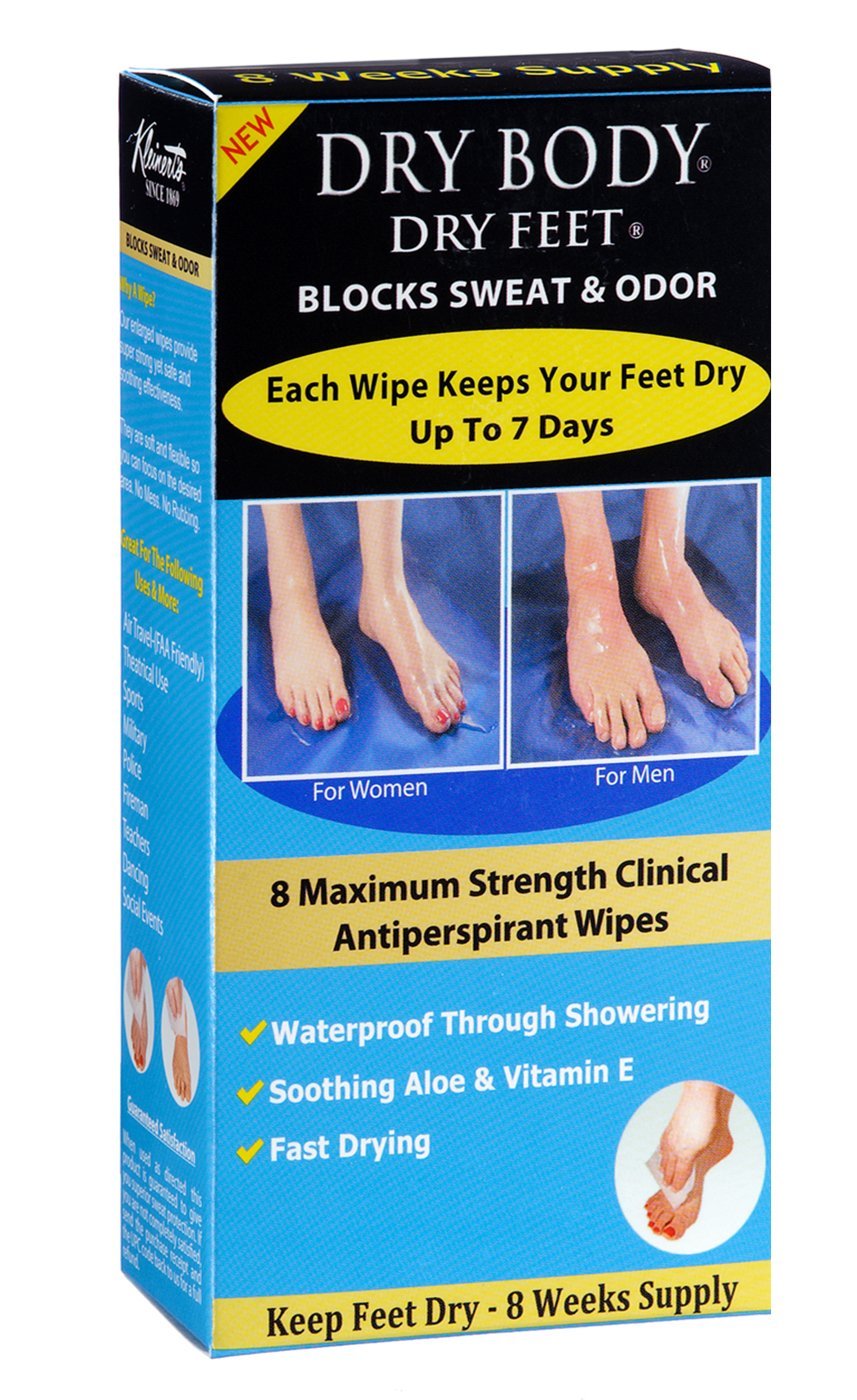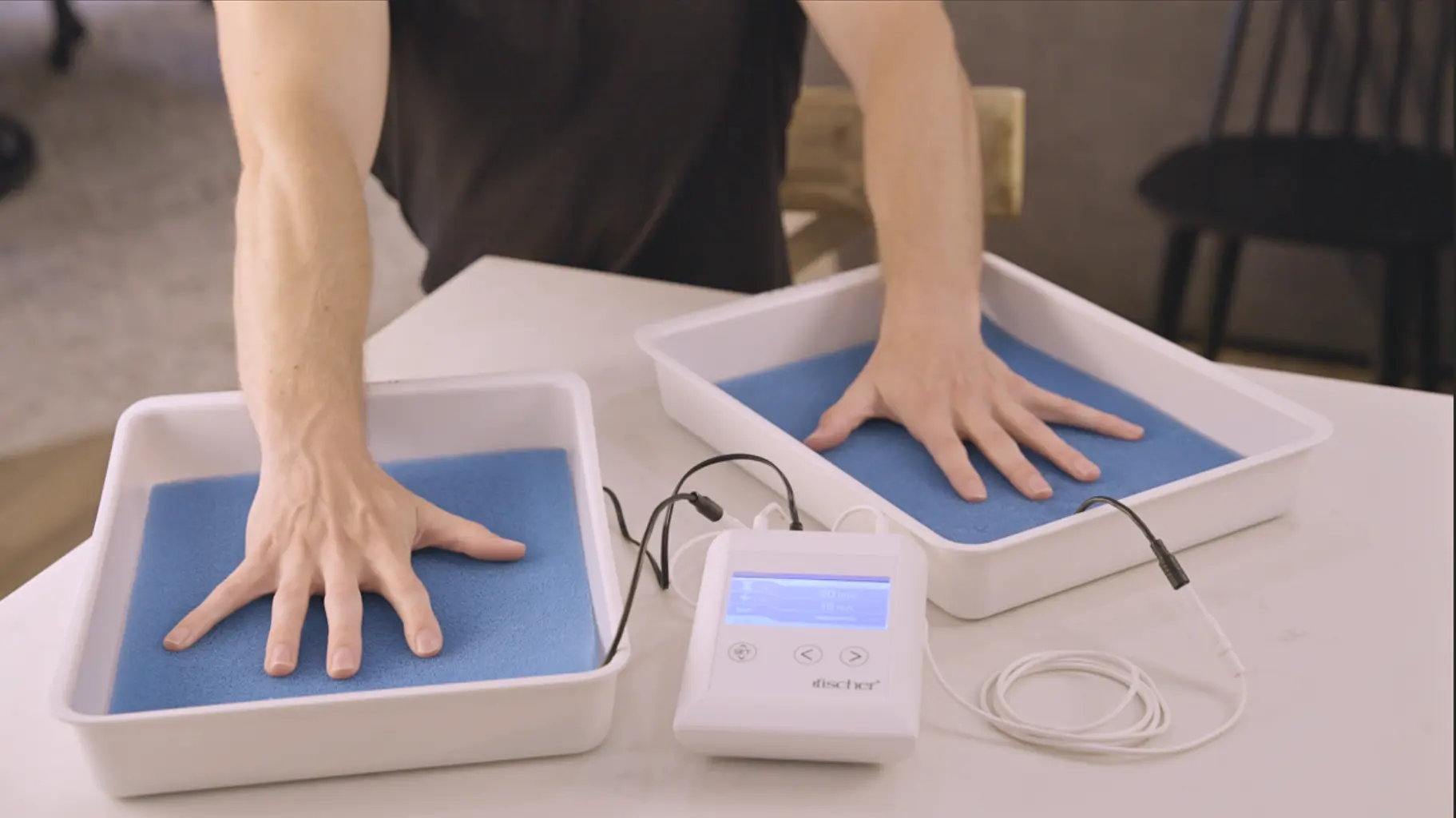Leading Dermatology Treatments for Hyperhydrosis of Hands and Feet: What You Need to Know
Revealing the Intricacies of Excessive Sweating: A Comprehensive Guide to Diagnosis and Administration
Too much sweating, medically called hyperhidrosis, is a problem that influences a significant number of people and can have an extensive influence on their quality of life. While sweating is a natural bodily feature, its overactivity in hyperhidrosis offers an unique set of difficulties that usually exceed simple discomfort. Comprehending the underlying reasons, identifying the symptoms, and navigating the diagnostic procedure for hyperhidrosis can be complex jobs. In this thorough overview, we will explore the complexities of hyperhidrosis, from its diagnosis to the variety of therapy alternatives available, clarifying effective management techniques for those coming to grips with this problem.

Understanding Hyperhidrosis Causes
Hyperhidrosis causes can be associated to numerous elements such as genes, hormone inequalities, and certain medical problems. Genetics play a considerable duty in primary focal hyperhidrosis, where individuals inherit the condition from their household participants. By identifying the particular aspects adding to excessive sweating, healthcare carriers can tailor treatment plans to attend to the underlying reason, offering relief and improving the high quality of life for individuals affected by hyperhidrosis.
Identifying Hyperhidrosis Effects

In addition, hyperhidrosis symptoms may materialize in emotional and social distress, as people might feel ashamed or anxious concerning their sweating, causing avoidance of social situations (How to stop sweaty hands). Additionally, duplicated episodes of extreme sweating can result in skin maceration, fungal infections, and a total decrease in self-worth
Diagnostic Process for Hyperhidrosis
Initiating the analysis process for too much sweating involves detailed examination of the individual's case history and health examination. Asking concerning the beginning, period, and triggers of sweating episodes is vital to distinguish in between main focal hyperhidrosis and second generalized hyperhidrosis. Clinical history must also include inquiries about drugs, medical conditions, and family members history of hyperhidrosis.
Throughout the physical exam, specific focus is paid to the areas influenced by sweating. The healthcare supplier may evaluate the level of sweating, check for indications of underlying problems, and evaluate the effect of sweating on the person's lifestyle. Additionally, specific examinations like the gravimetric test, starch-iodine examination, or skin conductance dimensions may be conducted to measure the quantity of sweat generated.
Furthermore, in cases where secondary hyperhidrosis is thought, extra tests such as blood tests, urine examinations, and imaging researches might be advised to recognize the underlying source of too much sweating. The analysis procedure aims to properly identify the type and source of hyperhidrosis to lead appropriate administration methods.
Treatment Options for Hyperhidrosis
When attending to extreme sweating, various treatment check my site alternatives are readily available to relieve signs and symptoms and enhance the individual's lifestyle. The therapy strategy for hyperhidrosis depends upon the seriousness of symptoms and the patient's feedback to preliminary therapies.
Topical treatments, such as aluminum-based antiperspirants, are often advised as the very first line of defense for taking care of moderate cases of hyperhidrosis. These items function by plugging the sweat ducts, hence decreasing the amount of sweat that gets to the skin's surface. For people with a lot more severe signs and symptoms, dental medications like anticholinergics might be recommended to help lower sweating. These medicines can have side effects and are not appropriate for everyone.

Effective Administration Methods
To properly take care of hyperhidrosis, a comprehensive and customized therapy strategy customized to the individual's certain requirements look what i found and action to previous therapies is vital. This strategy might include a mix of restorative methods, including lifestyle modifications, topical treatments, oral drugs, botulinum contaminant injections, iontophoresis, and in severe cases, medical treatments like sweat gland removal or sympathectomy. Way of living alterations such as putting on moisture-wicking garments, using antiperspirants, and practicing stress-reducing strategies can enhance medical interventions. Topical antiperspirants containing light weight aluminum chloride are commonly the first-line treatment, with stronger solutions offered for resistant instances. Oral medicines like anticholinergics might be suggested for generalized hyperhidrosis. Botulinum contaminant shots work for focal hyperhidrosis, giving short-lived relief by blocking the launch of acetylcholine. Iontophoresis, involving the usage of a low electrical current to reduce sweat gland activity, can be helpful for both palmoplantar and axillary hyperhidrosis. Surgical options are commonly scheduled for severe, refractory instances and require mindful consideration of advantages and risks. A multidisciplinary technique involving skin specialists, primary care medical professionals, and, if required, doctors, can enhance the monitoring of hyperhidrosis.
Conclusion
In conclusion, hyperhidrosis is a problem defined by extreme sweating, which can considerably influence an individual's top quality of life. With correct medical diagnosis and administration techniques, individuals enduring from hyperhidrosis can discover relief and improve their total wellness.
Extreme sweating, medically recognized as hyperhidrosis, is a problem that affects a significant number of people and can have an extensive effect on their quality of life. By recognizing the certain elements adding to extreme sweating, healthcare service providers can customize therapy plans to resolve the underlying cause, offering alleviation and improving the top quality of life for individuals influenced by hyperhidrosis.
Hyperhidrosis, defined by excessive sweating past what is necessary for managing body temperature, can dramatically impact a person's quality of life. Making inquiries about the start, duration, and activates of sweating episodes is essential to differentiate between key focal Look At This hyperhidrosis and additional generalised hyperhidrosis. Sweaty hands treatment.In verdict, hyperhidrosis is a condition identified by excessive sweating, which can considerably influence an individual's high quality of life